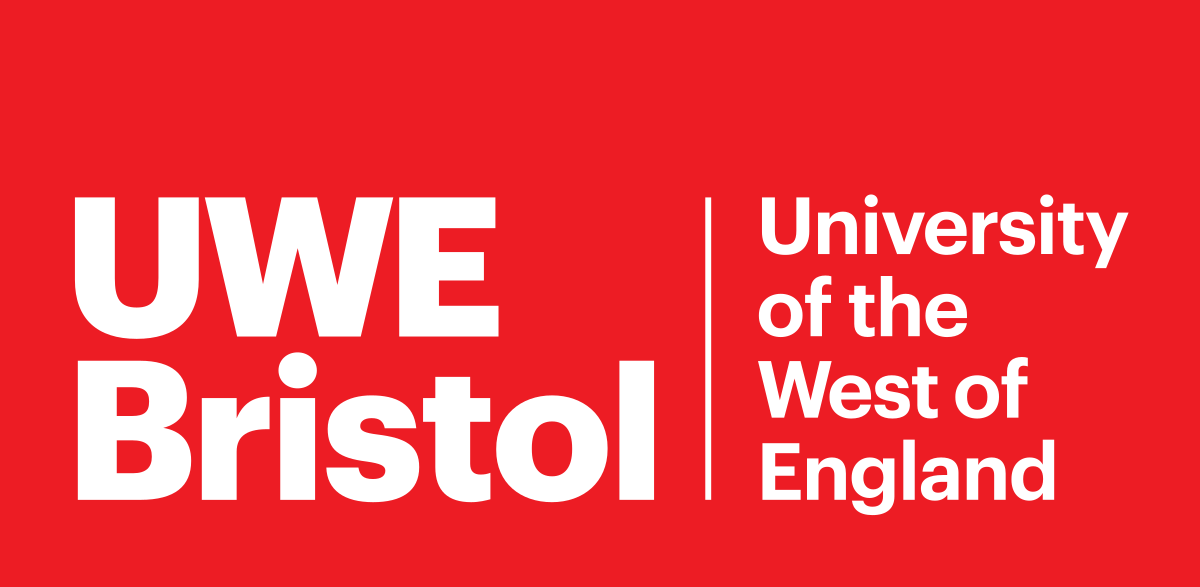As the costs of attending college continue to rise, scholarships are becoming increasingly important for students seeking affordable ways to fund their education. In this article, we’ll explore the variety of scholarships available and how college students can maximize their chances of winning funding.
Types of Scholarships
There are many different types of scholarships available to help undergraduate and graduate students finance their education. Here are some of the most common:
Merit-Based Scholarships
These scholarships are awarded based on students’ academic achievements, such as high school/college GPA or standardized test scores. Merit aid rewards academic excellence and requires no repayment.
Need-Based Scholarships
These scholarships consider students’ financial situation and ability to pay, as indicated through the FAFSA. Need-based aid fills gaps between costs and family resources.
Talent Scholarships
For students gifted in areas like performing/visual arts, leadership, athletics. Recipients usually showcase talent while competing requirements like GPA.
Major-Specific Awards
Funding tied to intended college majors/programs, like STEM, education, nursing. Donors aim to incentivize careers addressing societal needs.
Employer/Parent Sponsored
Companies/unions sponsor employees’ dependents; parents’ firms offer their own awards as well.
External Scholarships
National, regional, civic/religious groups provide aid without college affiliation based on member status, field of study, or personal background.
It’s worthwhile exploring all these categories of scholarships to uncover potential sources of free funding. Combining different types often results in the best financial aid package.
Where to Look for Scholarships
College students have many options for locating scholarships they qualify for:
- College Financial Aid Office – Staff assists with internal/external scholarships annually awarded through their institution.
- State/Federal Government Websites – Databases hosted by departments of education list in-state/nationwide opportunities.
- Popular Search Websites – Sites like FastWeb and Scholarship America maintain clearinghouses of millions of awards searchable by profile.
- Employers and Parents’ Employers – Inquire about any scholarships sponsored through current jobs or family workplace affiliations.
- High School Counselors – Guidance on local scholarships, especially for incoming freshman continuing aid received previously.
- Scholarship Matching Services – For-profit companies search on your behalf for a monthly service fee if cost-effective.
Casting a broad net across these various sources discovers little-known scholarships that may only require an essay or application unique to one organization. Hard work and perseverance pays off.
The Application Process
Students aiming to win scholarships must carefully prepare strong applications:
- Research Eligibility – Fully understand qualifications, due dates, requirements and tip submitting early.
- Write Effective Essays – Persuasively convey personal achievements, character, goals, hardships overcome etc. tailored to each distinct prompt.
- Provide Solid Recommendations – Academic references speak to abilities; others address personality outside classroom.
- Maintain Good Grades – Almost all require minimum 2.5-3.5 GPAs shown via official transcripts to remain competitive.
- Ask Early About Deadlines – Plan ahead; many smaller awards offer rolling or need-based aid perfect for those who apply in time versus late.
- Proofread Thoroughly – Poorly written, containing errors or incomplete packets hurt chances versus polished, professionally presented packages.
Maximizing every component strengthens positioning among other dedicated applicants vying for limited funds awarded. Attention to detail counts.
Renewing and Adding Scholarships
Recipients must work actively to retain their scholarships while layering on additional funding opportunities:
- Keep Grades Up Yearly – Most require same GPA minimums for renewal alongside progress toward intended major/degree.
- Follow Renewal Processes – Note annual deadlines submitting requested paperwork proving ongoing eligibility standards.
- Explore New Scholarships Annually – Available awards naturally change so keep applying throughout college career.
- Request Recommendation Updates – Maintain relationships with recommenders able to vouge ongoing dedication and accomplishments.
- Highlight Accomplishments – Submit activity/award updates demonstrating expanded leadership involvement boosting renewal profile.
Financial aid packages can grow significantly over four years by continuously remaining engaged and building on existing scholarships through good performance and industrious searching.
Tips for Non-Traditional Students
Accessing scholarships becomes more challenging for older, part-time, married or working students. However, there are additional angles to explore:
- Employer Benefits – Inquire HR about any tuition reimbursement, dependent scholarships or training grants.
- Professional Associations – Organizations like American Marketing Assn. or American Society of Civil Engineers provide select member awards.
- External Reviews – Periodicals highlighting scholarships for military veterans, parents, healthcare workers etc. broaden options.
- State Scholarships – Many states highlight workforce training, career-change grants emphasizing skills-based programs.
- Community Colleges – Associate degree scholarship availability frequently exceeds four-year options.
With creativity spotlighting any unique experiences or responsibilities, non-traditional students may uncover unexpected compatible opportunities despite other obligations.
Maximizing Tax Credits and Savings
Families should take advantage of all available federal education tax incentives potentially reducing their out-of-pocket costs significantly:
- American Opportunity Tax Credit – Up to $2,500/year per student for qualified education expenses like tuition, fees, course materials. Partially refundable.
- Lifetime Learning Credit – Up to $2,000 annually for students enrolled in undergraduate, graduate or certification programs to continually improve job skills. Not refundable.
- 529 College Savings Plans – After-tax contributions grow tax-deferred then qualified withdrawals exempt federal/most state income taxes. Popular destination for scholarships, grants.
- 401k/IRA Student Loan Repayment – For those over 59.5, up to $10,000 can be withdrawn annually from retirement funds tax/penalty-free specifically for children/grandchildren’s student loans.
By consulting qualified tax professionals annually, families optimize deductions maximizing any scholarships’ impact through unclaimed credits. Every reduction provides more flexibility.
The Ultimate Financial Aid Strategy
The most effective path combines scholarships, grants, savings, tax benefits and low-cost student loans packages with income-based repayment:
- Exhaust Free Money Sources – Tap all internal/external scholarships using early, tireless applications meeting deadlines.
- Layer Grants onto Scholarships – FAFSA qualifications assess eligibility like Pell grants augmenting existing awards.
- Factor Savings and Assets – Contribute tax-advantaged funds then leverage remaining savings toward EFC as needed.
- Accept Subsidized Loans First – Only after exhausting previous steps access federally-backed loans with lower fixed rates over longer terms.
- Optimize Tax Breaks Yearly – Consult professionals utilizing credits for outlays not covered through other methods.
- Choose Income-Driven Repayment – For any amount unavoidably financed, grads select plans capping payments as percentage of discretionary income.
With sufficient preparation maximizing every potential funding path, students build optimal packages covering costs while avoiding debt burdens post-graduation. Scholarships lay the groundwork.
Conclusion
The cost of a college education continues rising rapidly. However, scholarships provide an invaluable solution helping students afford higher learning while enriching their skills and potential. With early, thorough research locating awards coupled to conscientious application habits, a dedicated approach uncovers substantial funding to make higher education attainable and rewarding. Financial aid exists – it just requires seeking it out proactively through strategic effort.



